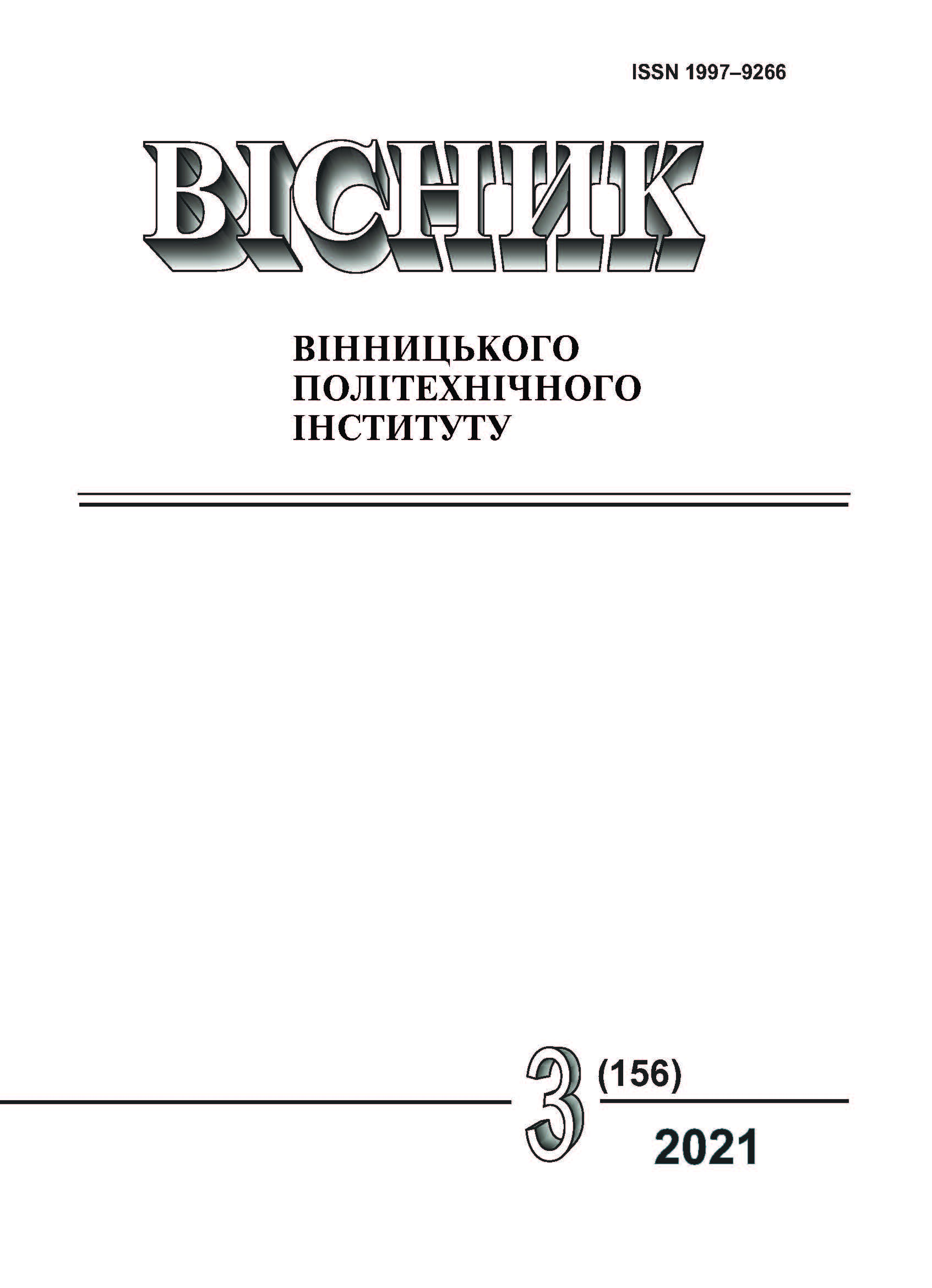Investigation of Temperature Instability in Active Microwave Filters and Methods for its Reduction
DOI:
https://doi.org/10.31649/1997-9266-2021-156-3-127-133Keywords:
active microwave filter, temperature instability, reactive properties of transistors, quasi-resonant frequencyAbstract
The article presents a study of methods for reducing temperature instability in active microwave filters. The analysis of the effect of temperature on the parameters of an active microwave filter is carried out. The results of experimental studies of the temperature characteristics of microwave filters are also presented. When designing digital systems, especially modern ones that operate with a clock frequency or that use a radio channel in the microwave and microwave range, there is usually a problem of increasing the reliability or reducing the overall size while maintaining high electrical parameters. Requirements for miniaturization of microwave equipment, the task is to create filter circuits that are suitable for integrated production. Unlike low-frequency active filters, when constructing microwave filters, it is necessary to take into account the inertial properties of transistors. Therefore, studies of various stripe active microwave filter circuits exploit reactive phenomena in the transistor. The possibility of their temperature and dynamic stabilization by changing the emitter current of a bipolar transistor is shown. Various circuit solutions for the implementation of this method are proposed. As experimental studies have shown, with increasing temperature, there is a decrease in the filter transfer coefficient at the quasi-resonant frequency. Experimental studies have shown that in order to stabilize the transfer coefficient of temperature rise, an increase in the emitter current is necessary, which can be achieved by a general increase in the supply voltage. Thus, for thermal stabilization of the frequency response of the microwave filter, it is necessary to regulate the current of the transistor emitter simultaneously with the temperature change. The magnitude of the emitter current adjustment when the temperature changes from –60 °C to +100 °C is 3—4 orders of magnitude for low-power silicon transistors.
References
В. С. Осадчук, и О. В. Осадчук, Реактивні властивості транзисторів і транзисторних схем. Вінниця, Україна: «Універсум-Вінниця», 1999, 275 с.
Н. А. Филинюк, Активные СВЧ фильтры на транзисторах. Москва: Радио и связь, 1987. 112 с.: ил. (Массовая б-ка инженера «Электроника»).
В. С. Осадчук, О. В. Осадчук, А. О. Семенов, і К. О. Коваль, Функціональні вузли радіовимірювальних приладів на основі реактивних властивостей транзисторних структур з від’ємним опором, моногр. Вінниця, Україна: ВНТУ, 2011, 336 с. ISBN 978-966-641-405-5.
М. А. Філинюк, і Л. Б. Ліщинська, Активні УВЧ і НВЧ фільтри, моногр. Вінниця, Україна: ВНТУ, 2010, 396 с.
В. С. Осадчук, О. В. Осадчук, і А. О. Семенов, Генератори електричних коливань на основі транзисторних структур з від’ємним опором, моногр. Вінниця, Україна: УНІВЕРСУМ-Вінниця, 2009, 182 с.
R. L. Kubena, et al., “Next Generation Quartz Oscillators and Filters for VHF-UHF Systems,” in 2006 IEEE MTT-S International Microwave Symposium Digest, 2006, pp. 668-671, https://doi.org/10.1109/MWSYM.2006.249703 .
D. Chang, F. Stratton, R. Kubena, and R. Joyc, “Optimized DRIE Etching of Ultra-Small Quartz Resonators,” in Proceedings of the 2003 IEEE International Frequency Control Symposium, pp. 829-832, 2003.
F. P. Stratton, et all., “A MEMS-based Quartz Resonator Technology for GHz Applications” in Proceedings of the 2004 IEEE International Frequency Control Symposium, pp. 27-34, 2004.
A. V. Osadchuk, V. S. Osadchuk, and I. O. Osadchuk, “Modern world tendencies in the development of science. Chapters 19. Gas concentration transducers with frequency output signal based on reactive properties of semiconductor structures with negative differential resistance,” vol. 2. Publishshed by Sciemcee Pablishing. LP22772, 20-22 Wenlock Road, London, United Kingdom, 2019, pp. 271-285.
Downloads
-
PDF (Українська)
Downloads: 208
Published
How to Cite
Issue
Section
License

This work is licensed under a Creative Commons Attribution 4.0 International License.
Authors who publish with this journal agree to the following terms:
- Authors retain copyright and grant the journal right of first publication.
- Authors are able to enter into separate, additional contractual arrangements for the non-exclusive distribution of the journal's published version of the work (e.g., post it to an institutional repository or publish it in a book), with an acknowledgment of its initial publication in this journal.
- Authors are permitted and encouraged to post their work online (e.g., in institutional repositories or on their website) prior to and during the submission process, as it can lead to productive exchanges, as well as earlier and greater citation of published work (See The Effect of Open Access).





